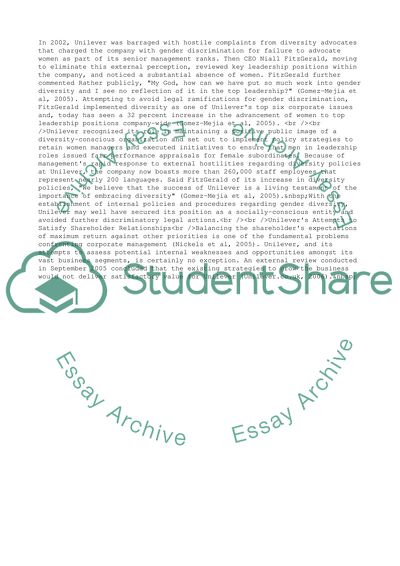Cite this document
(“Varying Business Environment: Unilever PLC Responds to External Essay”, n.d.)
Varying Business Environment: Unilever PLC Responds to External Essay. Retrieved from https://studentshare.org/business/1537482-varying-business-environment-unilever-plc-responds-to-external-pressures
Varying Business Environment: Unilever PLC Responds to External Essay. Retrieved from https://studentshare.org/business/1537482-varying-business-environment-unilever-plc-responds-to-external-pressures
(Varying Business Environment: Unilever PLC Responds to External Essay)
Varying Business Environment: Unilever PLC Responds to External Essay. https://studentshare.org/business/1537482-varying-business-environment-unilever-plc-responds-to-external-pressures.
Varying Business Environment: Unilever PLC Responds to External Essay. https://studentshare.org/business/1537482-varying-business-environment-unilever-plc-responds-to-external-pressures.
“Varying Business Environment: Unilever PLC Responds to External Essay”, n.d. https://studentshare.org/business/1537482-varying-business-environment-unilever-plc-responds-to-external-pressures.


